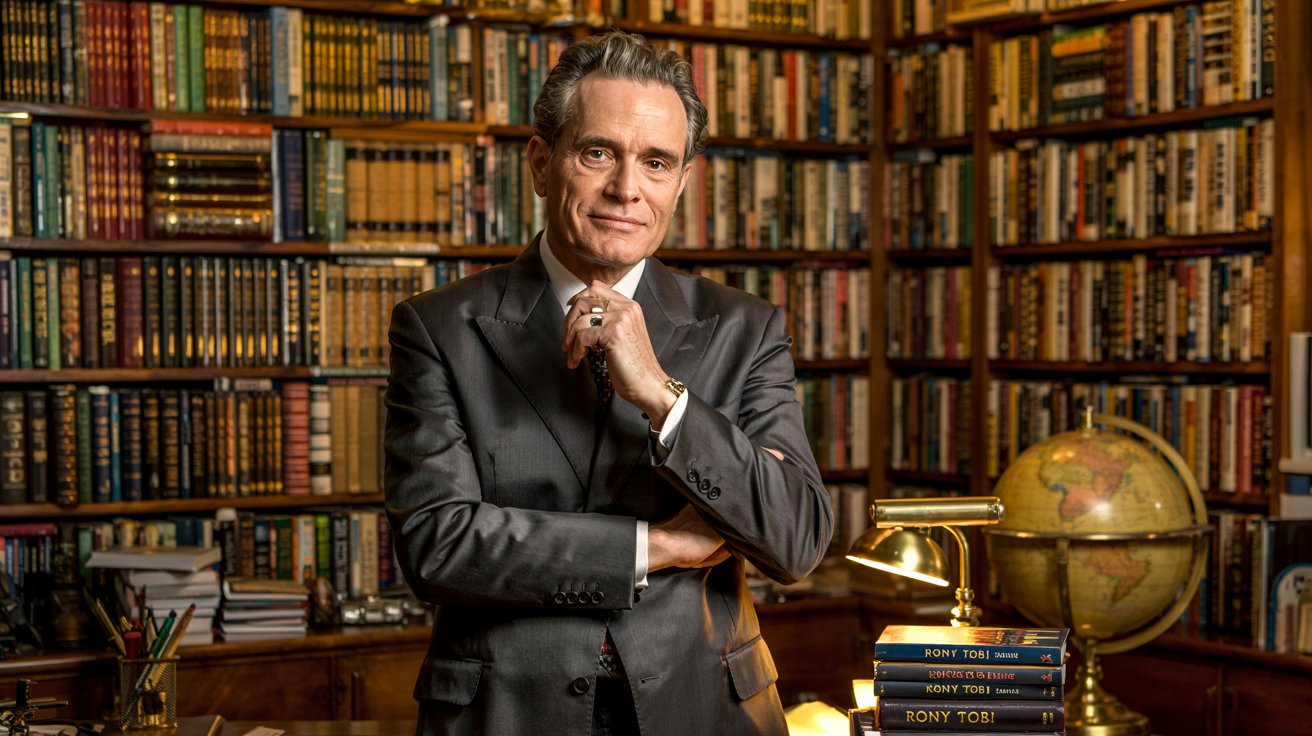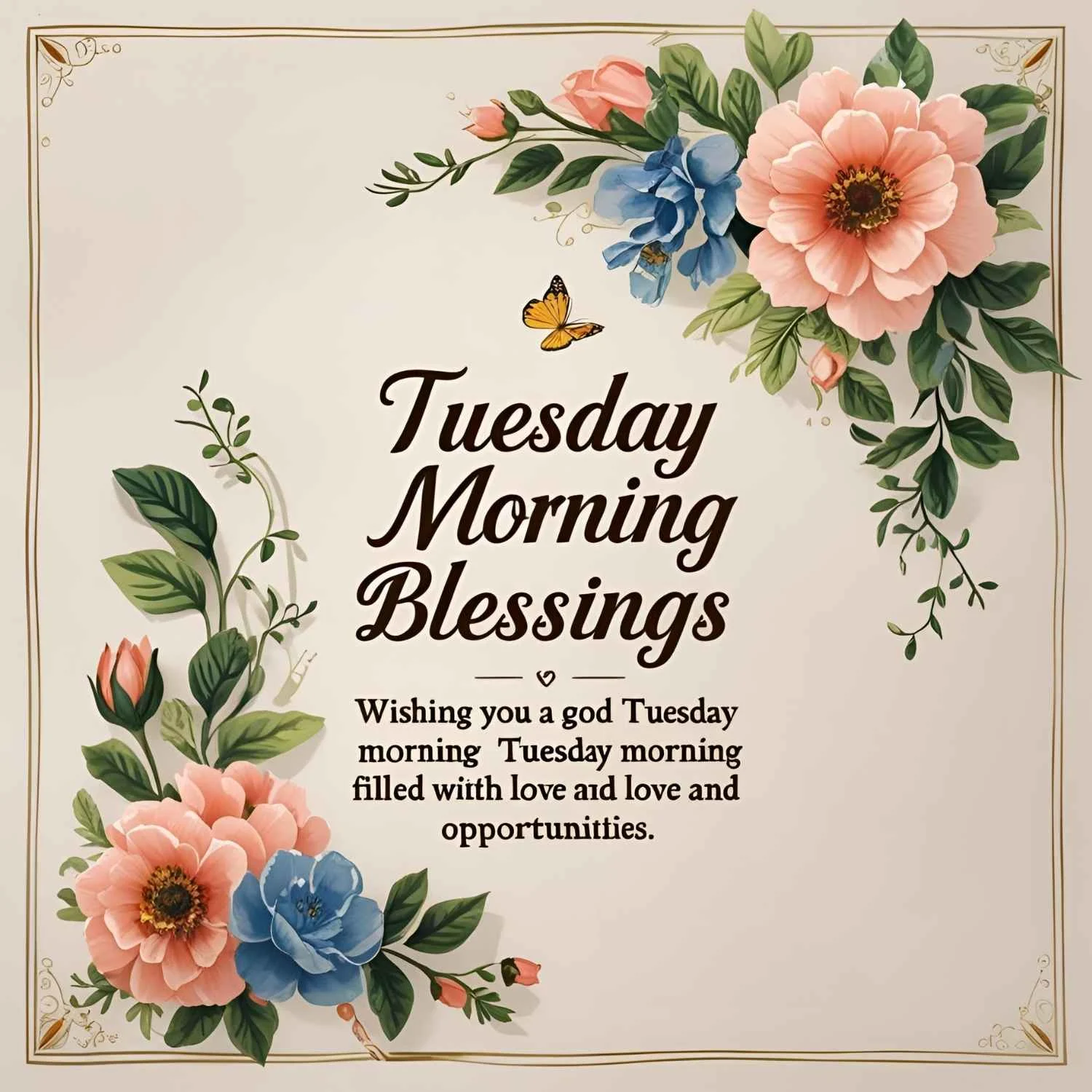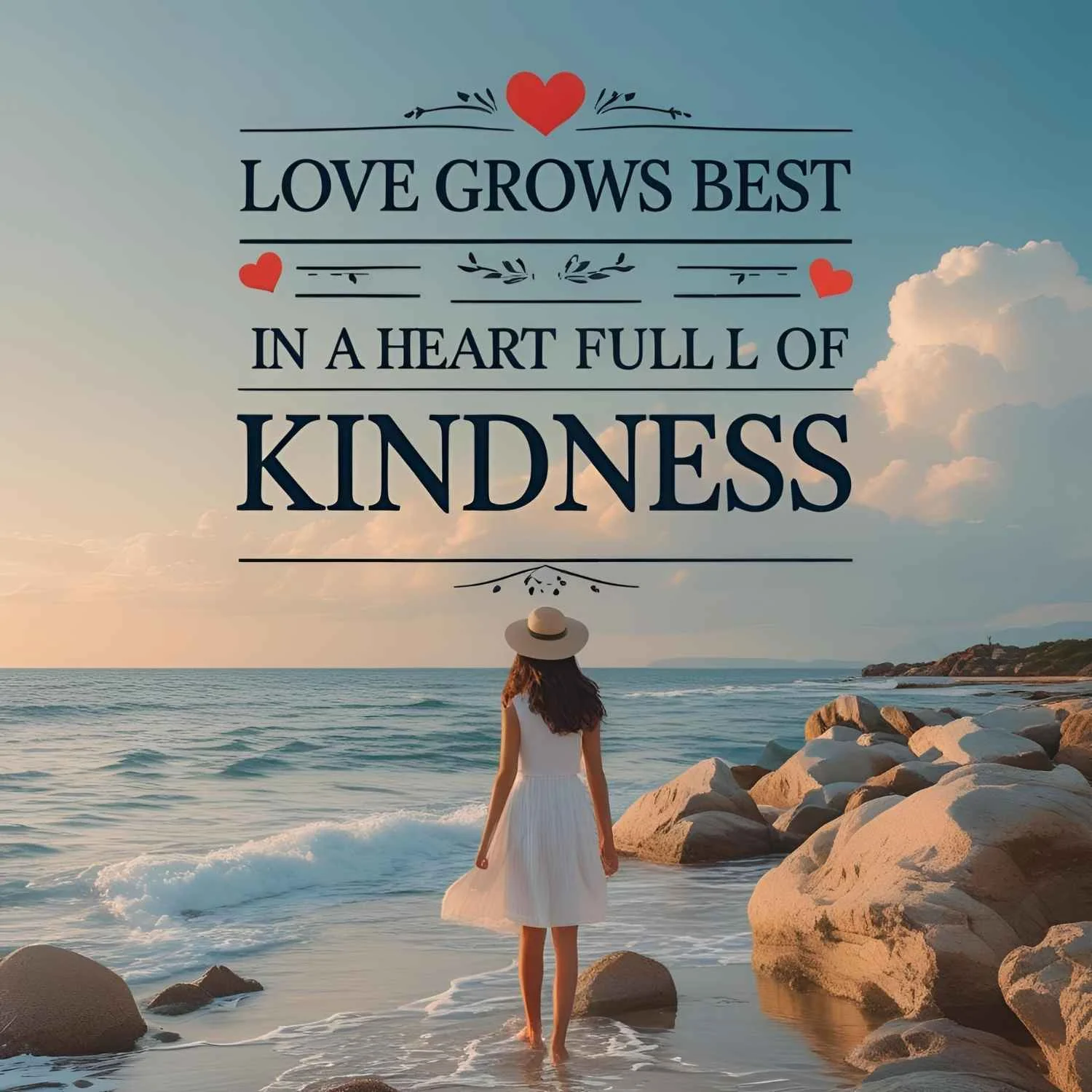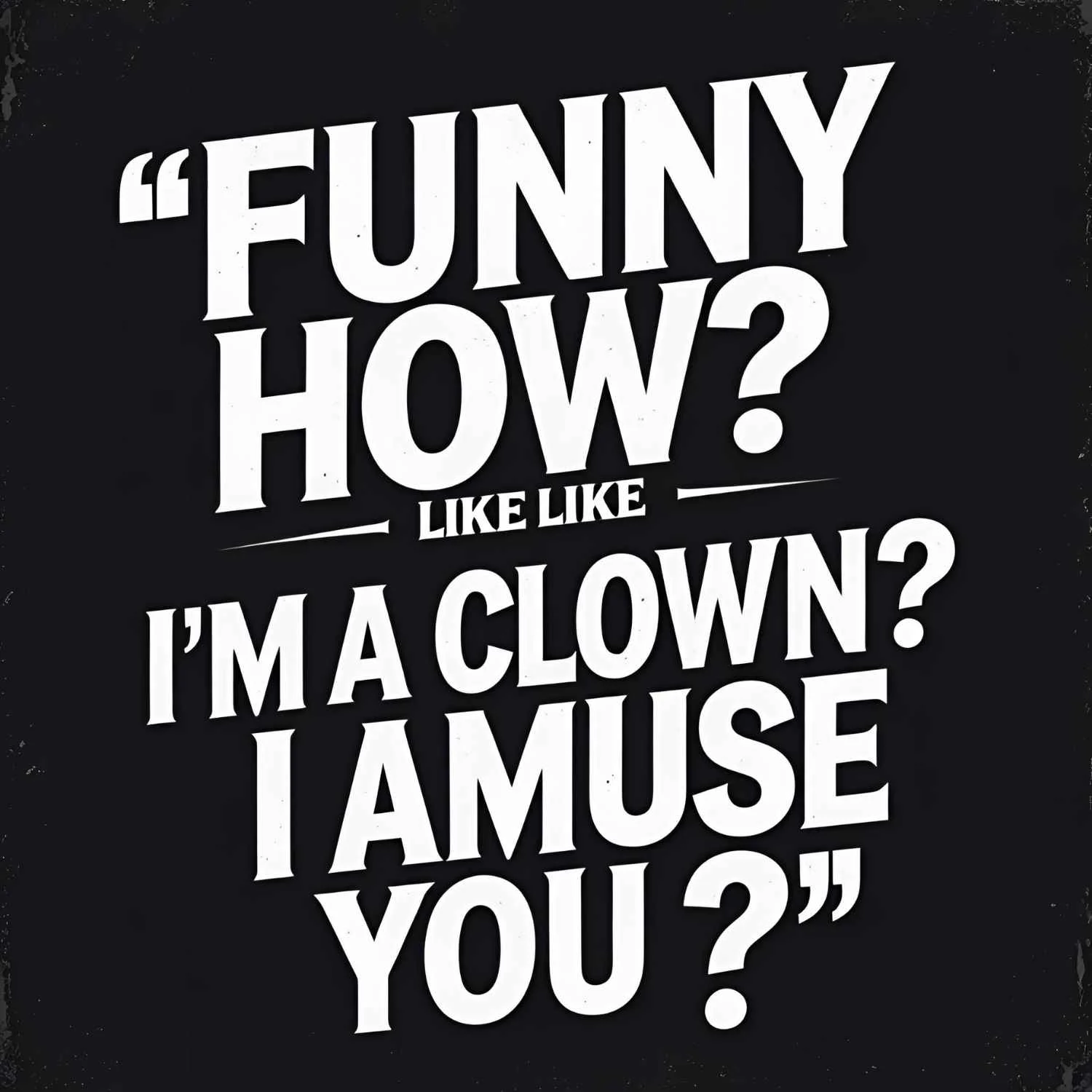In today’s fast-paced digital world, attention spans are shrinking, and concise communication is more valuable than ever. One term that has evolved to embody this need for brevity is TLDR. But what does “TL;DR” really mean, where did it come from, and how is it best used across contexts in 2025?
This article provides a complete guide, from definition to usage, and offers professionally crafted alternatives to expressions like “well wishes”—suited for formal, casual, and empathetic contexts.
What Does TLDR Mean?
TL;DR stands for “Too Long; Didn’t Read.” It originated as a tongue-in-cheek admission on forums and social media that the content above was too lengthy to engage with fully. Over time, it has evolved into a valuable writing tool used to summarize complex or long-form content into a digestible format.

Quick Facts:
- Acronym: TL;DR
- Meaning: Too Long; Didn’t Read
- Function: Summary or short version of a longer text
- Tone: Varies from casual to professional, depending on context
Example:
TL;DR: Our redesign boosted onboarding efficiency by 20%.
Origins and Evolution of TLDR
The term TL;DR first gained traction in online communities in the early 2000s, especially on platforms like Reddit and Usenet. At first, it was used in jest to indicate that a message or article was simply too long to read. However, the need for summarization in the digital age transformed TL;DR into an intentional way of structuring communication.
By 2015, TL;DR was widely used in:
- Reddit comment threads
- Email summaries
- Blog post intros
- Product documentation
By 2025, it has become common in even professional environments, often included at the beginning of a memo, article, or email thread as an executive summary to assist busy readers.
Fun Fact:
LinkedIn posts and business emails now regularly feature a TL;DR line, usually formatted as a bolded summary at the top.
TLDR in Professional Communication

While TL;DR began informally, it has matured into a practical device in professional communication. Including a TL;DR section at the start of a long email or report can significantly improve engagement and response time.
Best Practices:
- Keep it under 30 words
- Focus on the key takeaway
- Maintain a neutral or positive tone
Corporate Example:
TL;DR: Q2 earnings exceeded forecasts by 15% due to increased subscriber retention.
Synonyms and Alternatives to TLDR
While TL;DR is common, there are many ways to summarize content more formally or with better tone control. Here are some synonymous expressions and their appropriate contexts:
| Casual Use | Formal Equivalent |
|---|---|
| TL;DR | Executive Summary |
| Quick summary | Key Takeaways |
| Short version | Highlights |
| Here’s the scoop | In brief |
| Quick rundown | Summary |
Example Comparisons:
- Casual: TL;DR: Product launch delayed.
- Formal: In brief: The product launch has been postponed by two weeks.
“Stand for And” – Clarification

Often, people ask, “What does ‘stand for and’ mean in text?” Usually, this question refers to the ampersand symbol (&).
What does ‘&’ Stand For?
The ampersand is a logogram representing the word “and.” It originated from the Latin word “et,” which means “and.
Usage Contexts:
- Formal writing: Avoid using “&” unless part of a proper noun (e.g., AT&T).
- Branding: Frequently used for style and brevity (e.g., Ben & Jerry’s).
- Casual notes or text messages: Common and accepted.
Example:
- Formal: Research and Development
- Informal: R&D or Research & Dev
When to Use “&” vs. “and”
| Use “and” in… | Use “&” in… |
| Academic writing | Business names |
| Legal documents | Branding / logos |
| Professional emails | Headings or tables |
| Full sentences | UI/UX design elements |
Alternatives to Saying “Best Wishes”
Words matter, especially when conveying good intentions. Here are 10 polished ways to say “best wishes” that are suited to different tones and contexts.
1. All the best!
- Tone: Friendly and professional
- Use case: Ending emails or messages
- Example: “Looking forward to connecting soon. All the best!”
2. Wishing you success in your new role
- Tone: Formal
- Use case: Job transitions
- Example: “Congratulations on the promotion! Wishing you success in your new role.”
3. Hope this finds you well
- Tone: Polite and neutral
- Use case: Email openings
- Example: “Hi Amanda, hope this finds you well. Just wanted to follow up on…”
4. Good luck with your presentation
- Tone: Supportive
- Use case: Before events or tasks
- Example: “You’ve prepared well. Good luck with your presentation tomorrow!”
5. May you have a restful weekend
- Tone: Considerate
- Use case: End-of-week communications
- Example: “Thanks again for your help. May you have a restful weekend.”
6. I hope you recover swiftly
- Tone: Empathetic
- Use case: When someone is sick
- Example: “Heard you weren’t feeling well. I hope you recover swiftly.”
7. Congratulations on your achievement!
- Tone: Celebratory
- Use case: Award or recognition
- Example: “You did it! Congratulations on your achievement!”
8. Best wishes for your continued success
- Tone: Formal and respectful
- Use case: Long-term partings
- Example: “It’s been a pleasure working with you. Best wishes for your continued success.”
9. Hope your trip is fantastic!
- Tone: Enthusiastic and warm
- Use case: Travel-related goodbyes
- Example: “Enjoy every minute! Hope your trip is fantastic!”
10. Here’s to health, happiness, and good fortune
- Tone: Poetic and heartfelt
- Use case: Toasts, celebrations
- Example: “Raising a toast—here’s to health, happiness, and good fortune!”
How to Choose the Right Expression
Consider the following:
- Relationship with the recipient: Are they a friend, client, or manager?
- Tone of the occasion: Is it casual, formal, or emotional?
- Cultural or regional nuances: Always be sensitive to diverse contexts.
Quick Tips:
- Use “All the best” for most neutral scenarios.
- Use “I hope you recover swiftly” for emotional support.
- Use “Here’s to…” for celebrations and special events.
The Role of TL;DR and Alternative Expressions in 2025
The importance of summarization and contextual expression has grown in 2025. With more remote work, asynchronous communication, and AI-generated content, users expect:
- Clarity first
- Efficient messaging
- Emotionally intelligent phrasing
Professionals now blend informal shortcuts like TL;DR with formal etiquette, creating hybrid communication styles that work across Slack, Teams, emails, and social media.
Conclusion
TL;DR may have started as a joke, but it’s now a communication staple in both informal and formal contexts. Whether you’re crafting a blog, sending an executive summary, or just wishing someone well, understanding tone and intention is key. This article aimed to help you master the evolving language of digital communication with real, contextual examples.
Use TL;DR when appropriate, choose “and” over “&” when formality matters, and tailor your well-wishes to each unique moment. The right words, delivered the right way, always leave the best impression.





